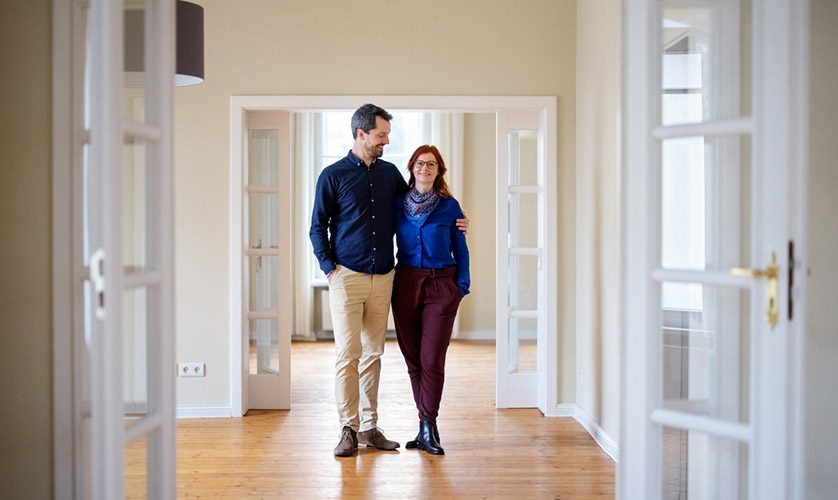
Accessible remodeling is about improving living spaces with modifications conducive for individuals with mobility challenges or the elderly. It is also about designing a home that accommodates your lifestyle through all seasons of your life.
One of the most important aspects of designing living spaces with accessibility in mind is the floor plan. Ideally, it must promote safety, comfort and independence. Here’s a comprehensive overview of the key features that constitute a floor plan that’s well-suited for aging in place.
Single-Level Living
A single-level living arrangement is fundamental for an aging in place. Eliminating the need to go up a flight of stairs allows seniors with limited mobility to navigate their homes independently. Without this obstacle, individuals can freely move from room to room, reducing the risk of falls and promoting a safer environment.
This design not only enhances convenience but also minimizes the need for modifications in the future. Seniors can access essential areas without the worry of climbing steps, ensuring they can maintain their autonomy and quality of life. A single-story layout should promote better air circulation and temperature control, contributing to a comfortable and energy-efficient living space.
Wide Hallways and Doorways
Wide hallways and doorways are essential elements in an aging-in-place floor plan, as they facilitate easy movement, especially for individuals using mobility aids. A minimum width of 36 inches for doorways and hallways ensures that wheelchairs, walkers and other assistive devices can be maneuvered without hindrance. This feature not only accommodates current needs but also anticipates potential changes in mobility over time. The open pathways created by wide hallways enhance visibility and communication throughout the home, allowing occupants to stay connected and caregivers to monitor seniors’ well-being more effectively.
Open Floor Design
An open floor design is integral to an aging-in-place floor plan as it eliminates physical barriers and creates a more inclusive environment. With this layout, seniors can navigate through their homes effortlessly, minimizing the risk of tripping or getting caught on obstacles. The open spaces also allow for flexibility in furniture arrangement and provide opportunities for engaging social interactions.
Moreover, this design fosters an enhanced sense of connection among family members and caregivers, as visibility is improved and communication becomes more convenient. An open floor plan promotes a sense of spaciousness, comfort and safety, all of which contribute to a fulfilling living experience for seniors.
Accessible Bathrooms
Bathrooms are critical spaces to address in an aging-in-place floor plan, and making them accessible is key to ensuring seniors can maintain their personal hygiene safely. Installing grab bars near the toilet and in the shower or bath area provides necessary support for balance and stability. Non-slip flooring materials reduce the likelihood of slips and falls, while a roll-in shower with a bench allows for a more comfortable bathing experience. A raised toilet seat and strategically placed handles make using the facilities less strenuous. A good bathroom quote must take into consideration features that create a bathroom environment that promotes independence and safety.
Let’s Start a Conversation!
No need to look up “general contractor near me” online — DreamMaker Bath & Kitchen of Greenville is the name to call for your accessible remodeling needs. Planning your forever home is all about foresight and smart design, and with the right floor plan and a team of professionals by your side, you can create a home that you’ll love, not just for a few years but for a lifetime.
We serve homeowners in Greenville, Fountain Inn, Taylors, Travelers Rest or Easley. Call us at (864) 214-0296, or fill out our contact form to schedule a conversation.




